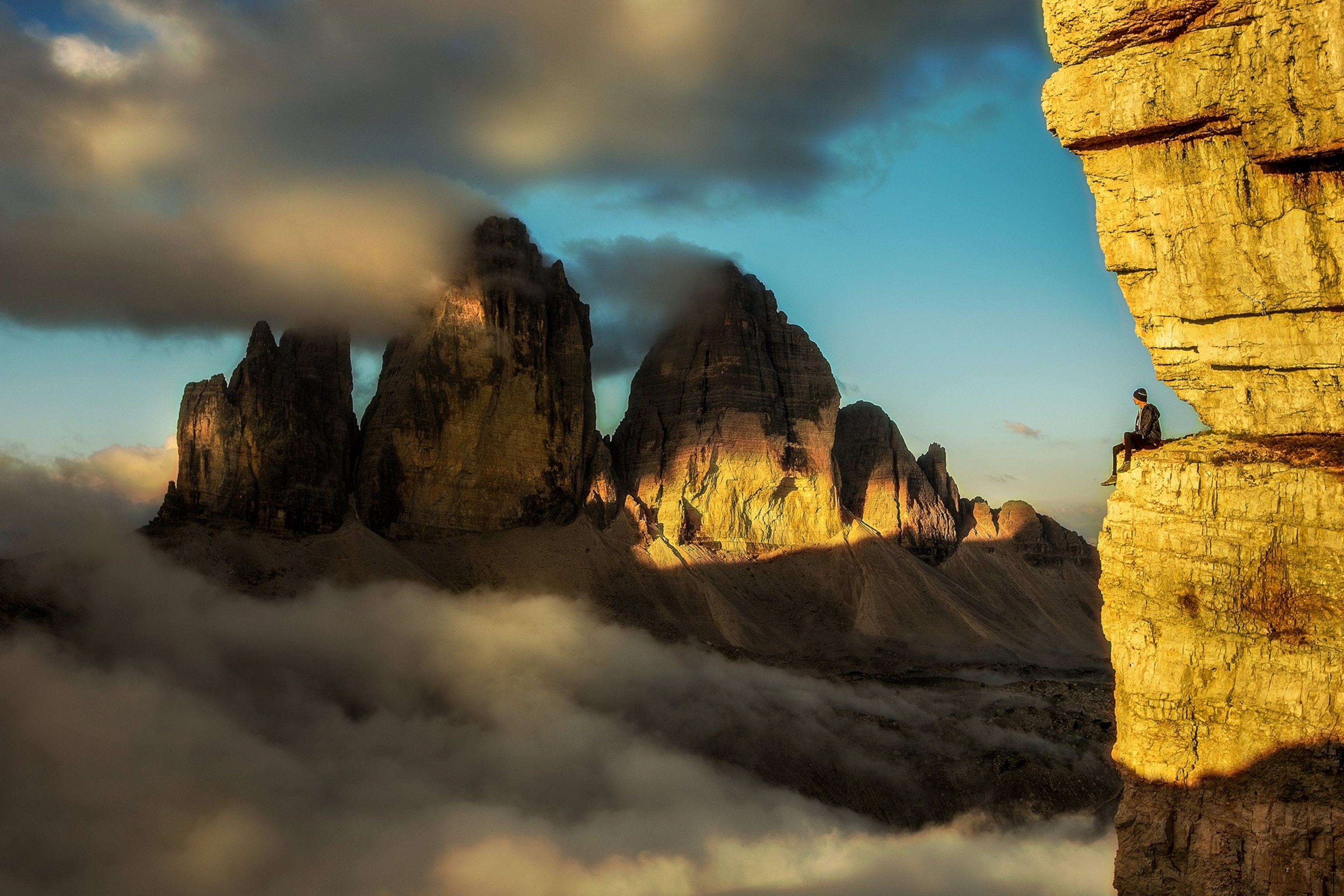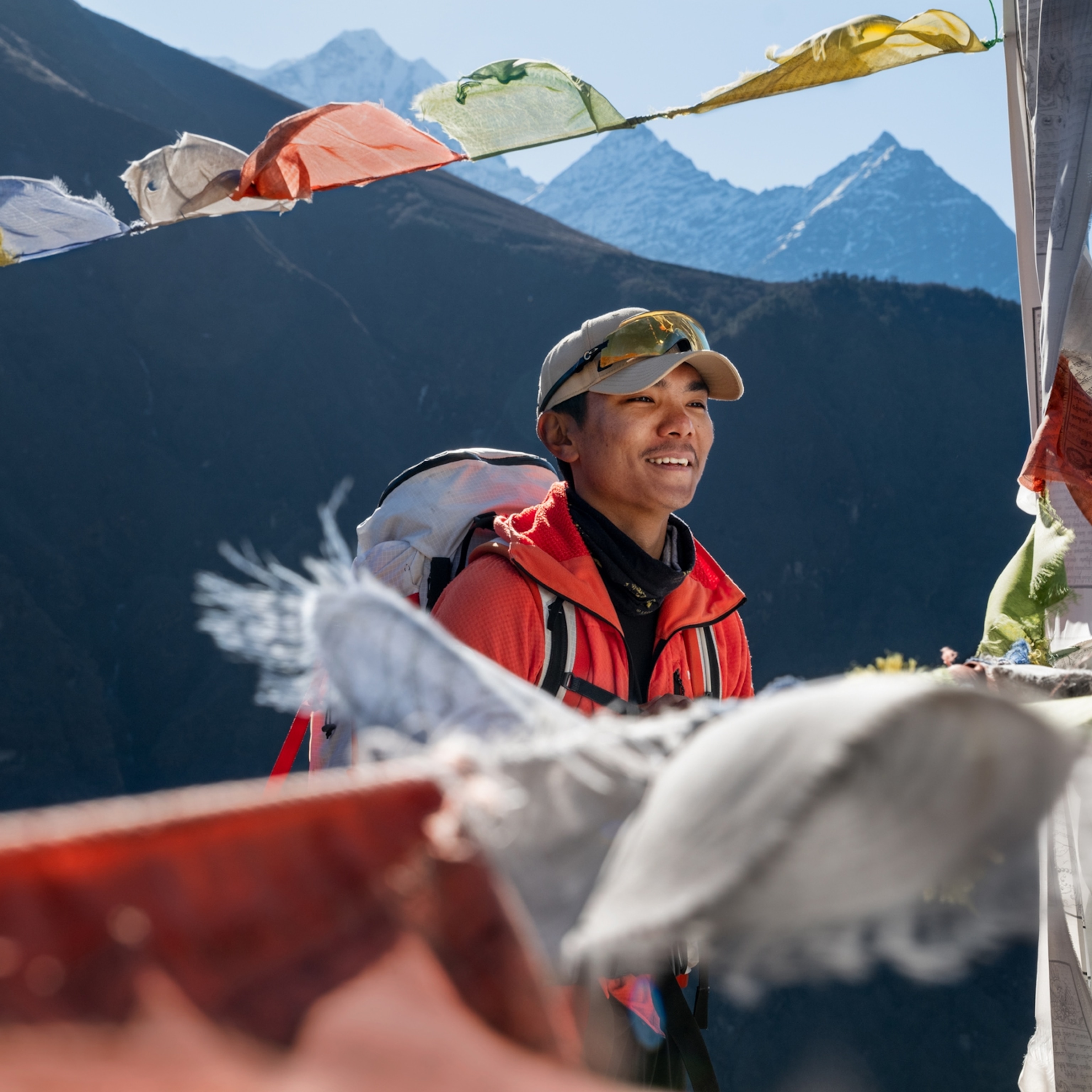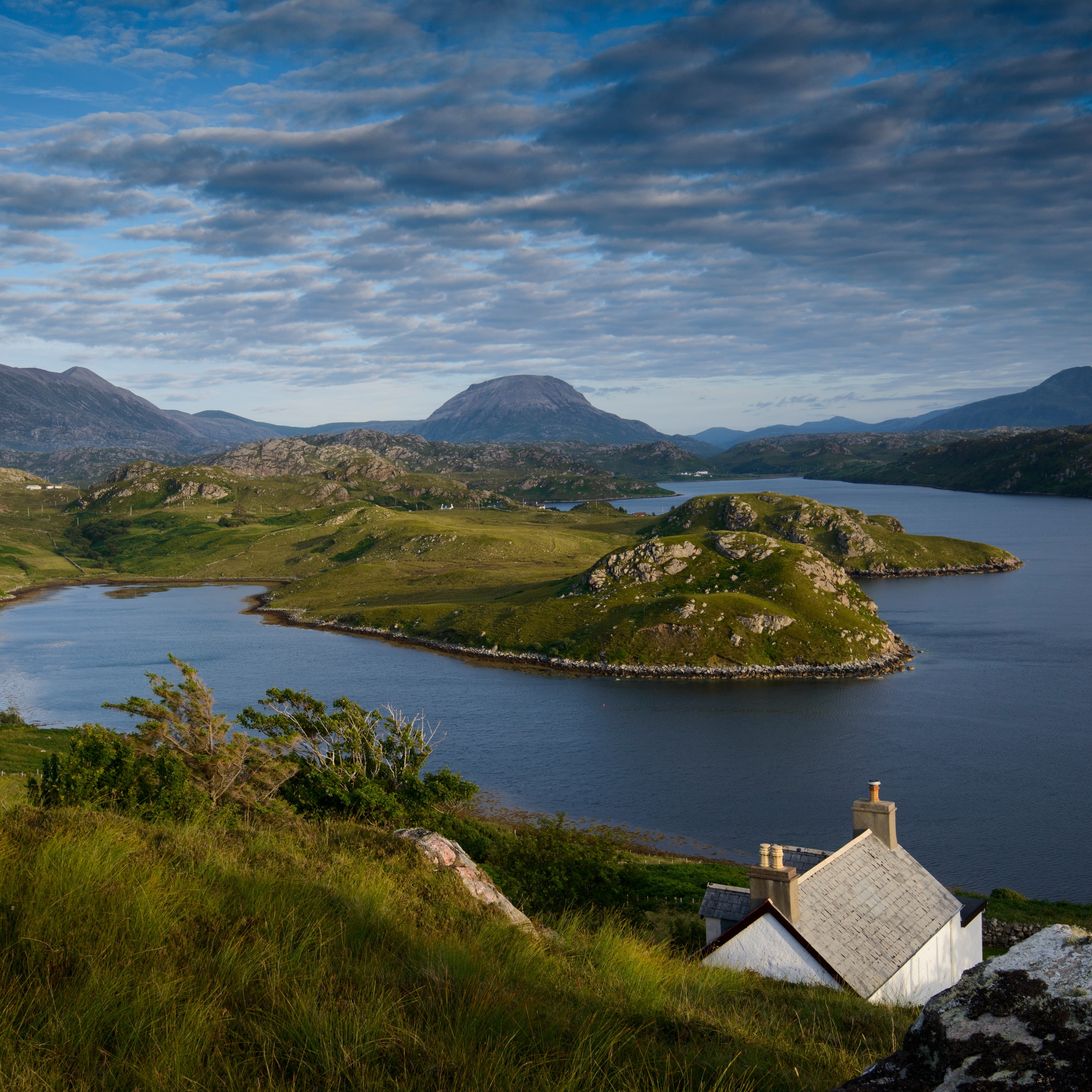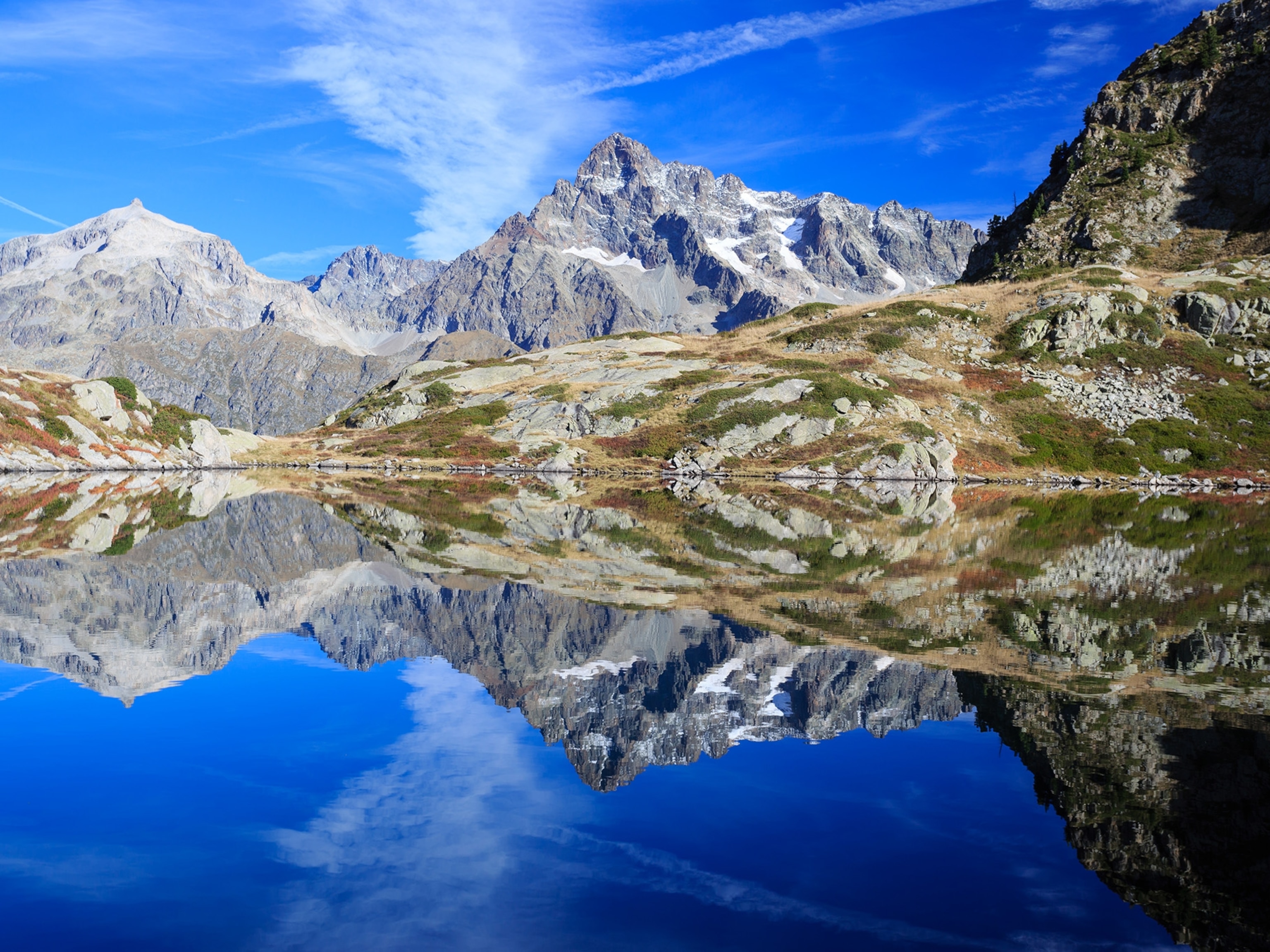
The Swiss mountain that’s changing forever
Ice melt and a new cableway are reshaping the Eiger experience.
From the top of the Eiger, where the air is thin, the grand reveal is a monumental view of Switzerland’s most storied region. The vast Bernese Alps stretch out on all sides, with their colossal glaciers and hair-raising summits.
Many adventurers reach this 13,015-foot view via the Eiger’s treacherous North Face, a vertical mile of imposing limestone and black ice. It is the largest north-facing rock wall in the Alps, shaping climbing history, inspiring thrillers like The Eiger Sanction, and stealing 64 lives. For locals, the German nickname for it is Mordwand, “murderous wall.”
But this iconic mountain is about to change forever. On December 5, a controversial cableway will open, taking nonclimbing visitors closer to the North Face than ever before.
(Related: How the pursuit of the Matterhorn gave rise to modern mountaineering.)
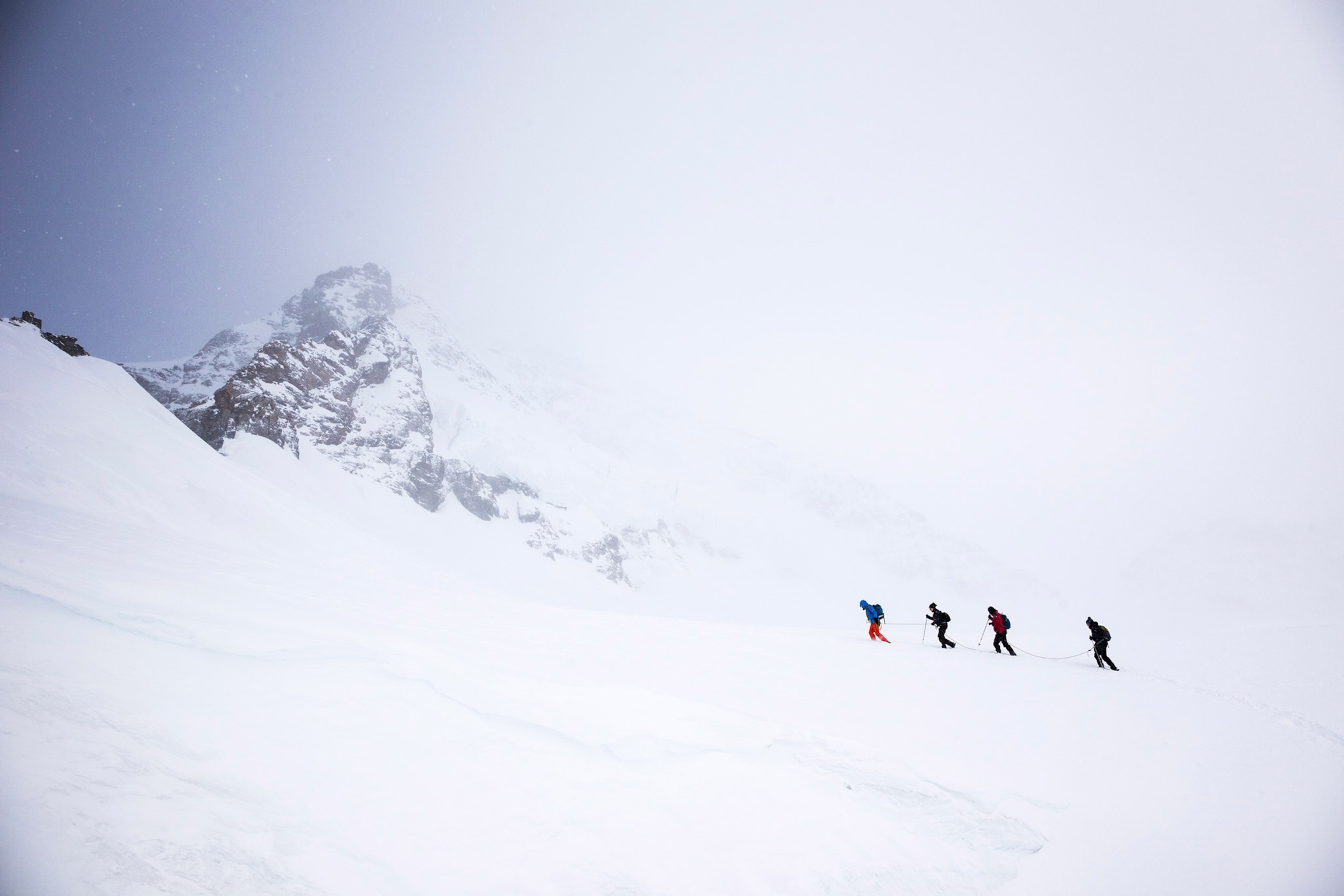

While this will chip away at the age-old relationship between mountaineer and mountain, a second more worrying threat—the climate crisis—is also unsparingly reflected on the Eiger’s north wall. A diminishing snowpack and unprecedented ice melt mean the North Face’s climbing routes are no longer what they once were. Add to this the hazards of more avalanches, crumbling buttresses, and explosive rockfalls.
Although travel to Switzerland remains on hold for many due to COVID-19, the Eiger continues to exert a gravitational pull like no other mountain in Europe. Even during the height of the pandemic this summer, the Eiger village of Grindelwald welcomed an extraordinary 68,000 overnight visitors. The opening of the new cableway—with capacity for 18,000 people a day—is set to bolster those numbers.
Enter the Eiger Express
By any measure, the $516 million V-Cableway system is an era-defining project. There are few other places where the transition from foothills to sharp-toothed mountains is as dramatic as it is in the Bernese Alps, and the development has been conceived as an economic driver to spark renewed interest in one of Switzerland’s most quintessential Alpine destinations.
In recent years, the Jungfrau region—made up of the chalet-covered aeries of Grindelwald, Wengen, Lauterbrunnen, and traffic-free Mürren—has been overlooked for more fashionable areas, such as St. Moritz, Verbier, and Zermatt, home of the Matterhorn. Now, that’s all set to change.
The main lure is the showy Eiger Express. In the planning since December 2012, the heaviest tri-cable gondola ever built will speed visitors over four miles of stunning Alpine meadows from Grindelwald to the base of Eigergletscher Station at 7,637-feet—a journey once possible only by the slow-moving Jungfraubahn, a historic narrow-gauge railway that opened in 1898.
The new ride, nearly 50 minutes faster than before, will zip by in 15 minutes and with all the determined precision of a Swiss watch. Day trips from Zurich, Basel, and Geneva, which once seemed far-fetched, are now wholly feasible.
“Travel is evolving and this will modernize the visitor timeline,” says Kathrin Naegeli, spokesperson for project developer Jungfraubahnen. “Tourists want quicker access to the mountains—to see more in less time—and the cableway will help secure a successful future for the region’s long-term tourism. It’s faster, sleeker, and more comfortable, too.”
(Related: How Alex Honnold made “the ultimate climb,” without a rope.)
Besides the almighty pull of the Eiger, the other bait for visitors is the pre-existing Jungfraujoch, the highest railway station in Europe. A dreamlike depot saddled between the Jungfrau and Mönch peaks at 11,361 feet, the attraction consistently welcomes more than one million day-trippers each year, bringing Narnia-like glaciers and immense snowy spurs within reach for travelers of all ages and abilities.

To streamline the visitor experience further, the Eiger Express will act as a shortcut, directly connecting passengers from Eigergletscher Station to the final, cogwheel section of the Jungfraubahn. What then follows is a remarkable train ride that burrows deep inside the North Face’s furrowed exterior as the historic railway bears visitors skywards to the Jungfraujoch terminal. Highest, coldest, steepest, most extreme: it is a journey of superlatives.
The end of climbing the Eiger?
But getting to this point has not been without controversy. To experience the Eiger’s haunting mountainscape is to be reminded of how fragile the alliance between humans and mountains really is—and a third of Grindelwald’s residents raised objections to the development before it was green-lit. Environmentalists, too, have lobbied against it.
(Related: Explore these awe-inspiring mountains around the world for an epic adventure.)
“For better or worse, the Eiger’s story is evolving,” says Swiss mountaineer Stephan Siegrist, 47, who has climbed the mountain’s hallowed limestone 42 times, including three pioneering first ascents. “This could turn the area into a theme park and do untold environmental damage. Is it really necessary to bring even more people up to the Eiger and the Jungfraujoch? I don’t think so.”
It’s a controversial point, too, for fellow myth-bearing Swiss alpinist Roger Schäli, 41, who has scaled the Eiger an astonishing 53 times. “This cableway has one purpose: mass tourism and to encourage people from all over the world to come,” he says. “But this might not be the best long-term solution for the Eiger.”
Pioneering ascents like those made by Siegrist and Schäli have long been part of the Eiger’s bones, despite being beyond the reach of most travelers. Yet what unites everyone is talk of how the climate crisis is irreversibly affecting the mountain’s topography.
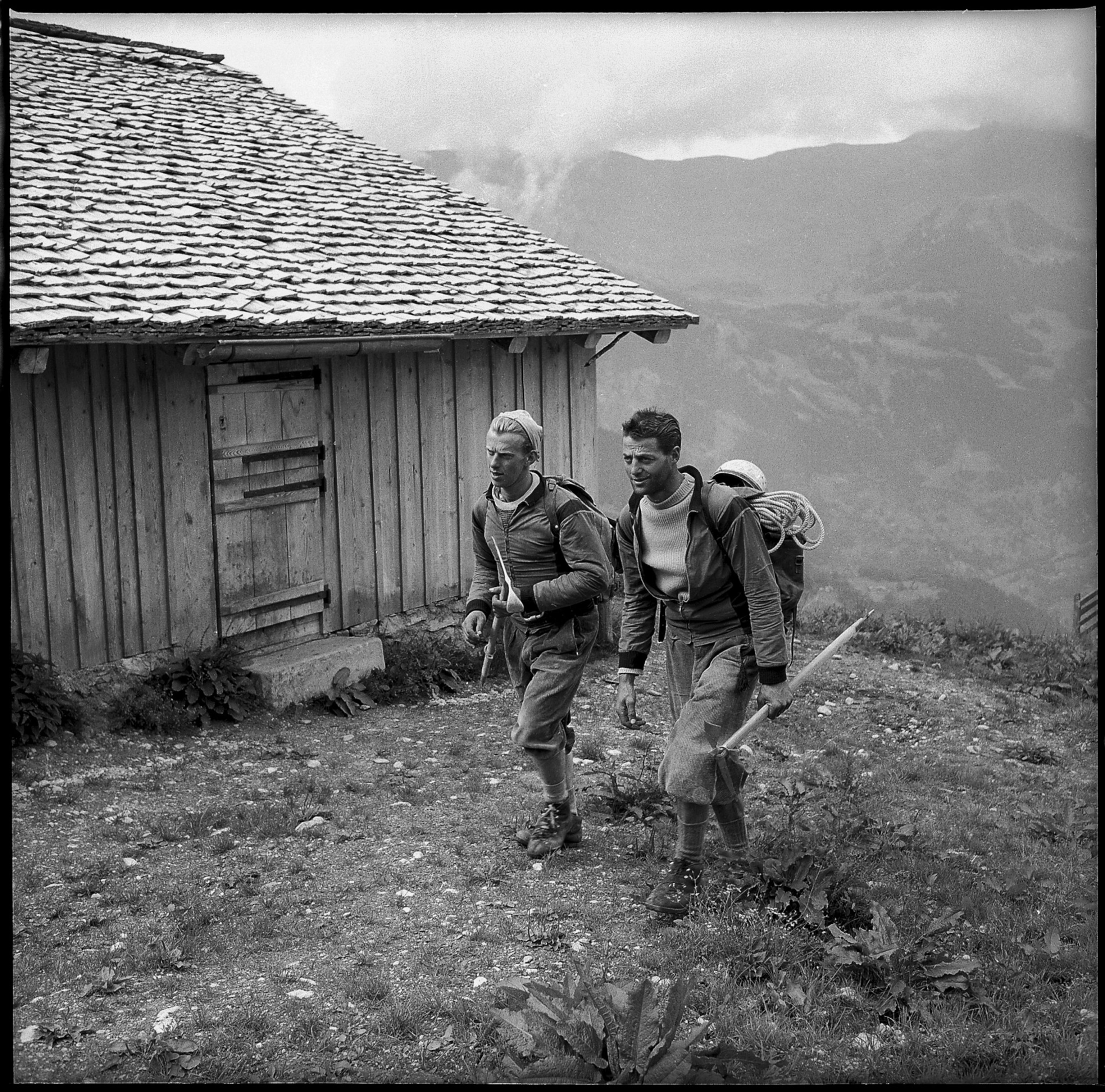
In recent years, glaciologists have reported annual snow melt losses of up to two percent of total glacier mass across Switzerland—and the Eiger’s ice aprons are retreating just as swiftly.
“The Eiger has always been a dangerous mountain, but it’s becoming even more so today,” says glaciologist Matthias Huss, director of Swiss glacier monitoring network GLAMOS. “The North Face’s aprons of steep, hanging snow and ice are highly sensitive to warmer temperatures and they’re vanishing fast. When it becomes snow-free, it’s then more susceptible to rockfalls, making the mountain far more unpredictable.”
(Related: Here’s why the world’s most daunting mountains inspire us.)
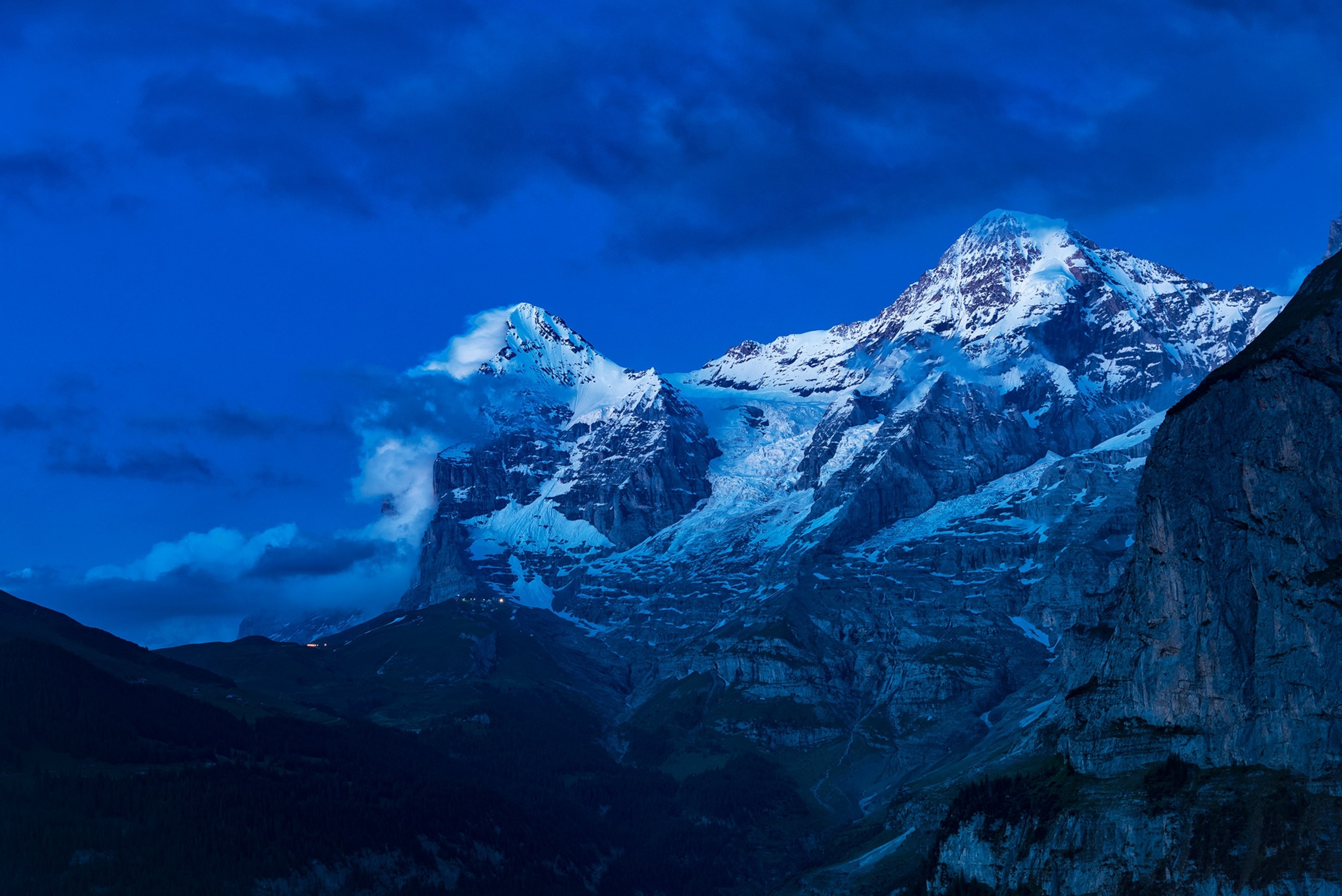
This invites a question: are the heady days of Eiger mountaineering over? For Schäli, it is now a taboo to climb in summer because of the climate crisis, while Huss believes ice climbing could be consigned to history. “The permafrost is the problematic issue as it holds the Eiger’s rock pieces together like glue,” he says. “When that disappears, the danger level and risks soar.”
Regardless of the perils, and in the midst of pandemic, there is a feeling of anticipation in Grindelwald. For those shouldering a pack, the mountains remain a hiker’s utopia, while for roped-up climbers, the Eiger is still a place where they can become their truest selves, pushing limits and honing skills on routes forged by the pioneers of Alpinism. Grainy photographs of daredevils dangling over snowy precipices and silent abysses at the Grindelwald Museum offer windows into such historic touchstones.
But as the Eiger is decisively changing, so too is the world around us. In the age of COVID-19, the allure of mountains has never seemed stronger. They offer enlightenment and escapism to every kind of traveler, haunting the imagination and turning the armchair fantasy of exhilarating Alpinism into something else entirely: liberating possibility.







